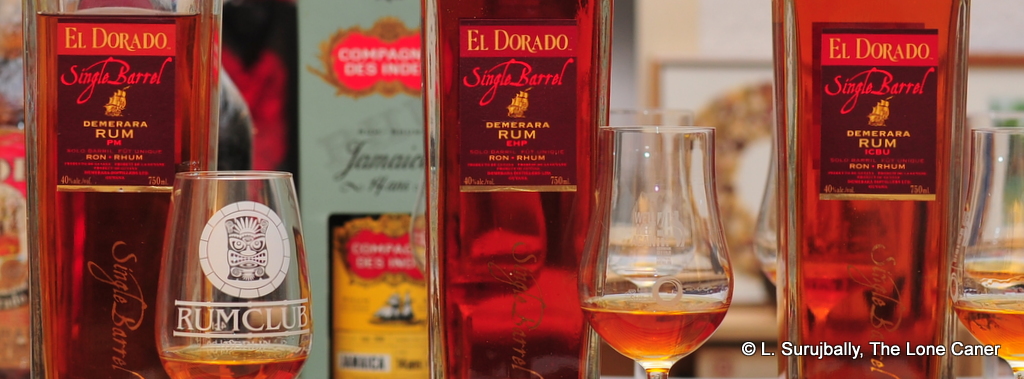
Introduction
In 2015 it became widely known that DDL was severing its relationship with Velier, and Luca Gargano would no longer have access to their warehouses. With that simple statement, the Age of Velier’s Demerara Rums appeared to have come to an end. In October of that same year, I reviewed the three single barrel expressions DDL issued back in 2007, and the notes in that write up were so voluminous that I split them apart to form the basis of this essay.
My thinking went like this: when you think of all the advantages DDL enjoys in the international marketplace – brand visibility and recognition, market penetration, and the great stills like PM and EHP, to name just three – you begin to realize just how curious those three rums actually are. And how much they say about the ethos and thrust of the company’s rum strategy (or lack thereof).
Velier showed that there was a real market for such full proof, limited edition rums. You’d think that with the Scots and the Italians’ decades-long love affair with issuing PMs and Enmores and what have you, that this largely untapped market would be aggressively exploited by the company supplying the actual rum, but no, DDL has let Moon Imports, Samaroli, Velier, Rum Nation, Secret Treasures, Silver Seal, Duncan Taylor, and many others, garner the accolades and the money while they concentrate on the core El Dorado range.
Background
The ICBU, EHP and PM expressions remain the only still-specific rums DDL have ever created since the el Dorado line burst on the scene in 1992. DDL, as you would recall, have a number of pot and columnar stills – some of wood, some very old, all producing interesting variations of taste; the El Dorado line blends various proportions of output from these stills. Craft bottlers who have bought barrels made from the stills have long issued limited expressions like PM, EHP, ICBU, LBI, Blairmont, Versailles, Skeldon (Velier remains the acknowledged champion in this regard), and the speed at which they sell and the high prices they command on the secondary market demonstrates the enormous cachet they have.
Yet DDL has, as of this writing (December 2015), refused to go further with developing this gaping omission in its lineup. They told me a few months ago that I should wait for great things coming out later in 2015, and then issued the “new” 15 year old rums with various finishes. An evolutionary stopgap, I thought (then and now) — not a radical departure, not a revolution, not great, and not particularly new. They still don’t have millesimes or annual releases or special stills’ rums of any consequence. The three amigos referenced above are also not marketed worth a damn to exhibit their singular nature, or to take advantage of their remarkable provenance or their accessible proof point. They are priced quite high for rums that don’t have an age statement – together, they cost me north of US$300, and not many people are going to buy such relatively pricey rums unless they are really into the subculture. So here are some initial problems DDL created for themselves: the age, the year, the outturn, none of this is on the label. Why is the year of distillation and age and bottle count not shouted from the rooftops? Age confers cachet in any spirit; single stills’, single years’ output even more so. What’s the holdup with DDL providing such elementary information? Actually, what’s the holdup in creating an entire line of such remarkable rums?
Independent bottlers are the leaders in this field, and there’s enormous interest for these expressions. That single post of mine about the three rums clocked a reach of 400 on FB, and 20 likes on the site, in less than an hour (trust me, that’s fast and furious going for a niche audience such as we writers have). So knowing that limited release rums sell fast to the cognoscenti, knowing the power of social media, and using my experience as a sort of quasi baseline, I ask again…what’s stopping DDL?
Problems
The very specificity of these rums may be their undoing in the wider rum world, because it is connoisseurs and avid fans and rabid collectors who are most likely to buy them, appreciate them, and understand the divergent/unusual taste profiles, which are quite different from the more commonly available (and best-selling) El Dorados like the 5, 8, 12, 15, 21 and 25 year old. To illustrate further, how many casual rum drinkers even know there are multiple stills at Diamond, and can can name more than the PM or EHP? One could taste the three single barrel rums, and immediately realize that they certainly aren’t standard sippers or the usual cocktail fodder — which is something of double edged sword for rum makers, who like to be different….but not too different.
Too, it’s possible that seeing the niche interest these expressions developed over the years which Velier then expanded into a worldwide phenomenon, that the boys on the Top Floor were scared dickless and shut that sucker down fast, lest it bite into profits of more dependable rums….rather than seeing it as an opportunity. I have a feeling relative margins of various products were and are involved here.
Then there’s hard consumer cash: such DDL-made single barrel expressions are by their very nature more expensive and get more so as we climb the age ladder, but there’s another reason they cost so much – DDL never made more, or issued them in great quantity (it’s unknown what the year of the batch is, and I’m not even sure how many were made, let alone whether DDL ever issued more beyond that 2007 year, or ever will again).
Another reason to scratch my head wondering what they’re thinking. Are they ignoring the signs of rums’ expanding popularity and the increasing sophistication of the drinking classes, so evident all around them? Or are they simply oblivious?
General economic musings
Now I know something about how products in a manufacturing environment are priced. There’s all the input costs of raw materials, plus labour charges, storage costs, prep costs and marketing and distribution and shipping (using various bases of allocation for overheads), to come up with a unit production cost (i.e., what it cost to make each individual bottle). Depending on the sophistication of the accounting / costing system and the methodology employed, the profit margin is fixed and the rum is released to the market. The brokers, intermediaries, governments, bulk buyers and stores will add fees and markups and taxes to the base selling price, and the result is the €80 to €100 (give or take) which the consumer pays for a middle aged, single barrel expression with 1000 bottles or so issued by an independent bottler. So perhaps this is a lot easier for an independent operation which buys rums from brokers, than it is for a vertically integrated multinational like DDL which has canefields, sugar factories, distillation apparatus, a huge labour force and a supply chain network that is large and far-flung.
Now, that means the entire revenue stream from such a specific, limited rum is likely to be €100,000 or less…does anyone believe that it “only” costs that amount to shepherd a rum for ten years through all its stages for a company that is as vertically integrated from cane to cork, as DDL? Not a chance. Smaller bottlers have it easier since they buy one small set of already-aged barrels at a time, low infrastructure costs, and have a skeleton staff; and this is both their advantage and disadvantage because they lose economies of scale while having a limited output in a barrel that may not succeed after ageing (and lose a lot to the angels in the process), while at the same time being able to pick exactly the barrels they want.
But DDL doesn’t have this issue – they have the infrastructure to age much more than just a few barrels at a time, and there are opportunities for a millesime approach, yearly issues, and yes, single-still aged output from multiple barrels, totalling many thousands of bottles. The economics favour DDL’s daring to go in this direction, I think, especially at higher levels of output of which they are clearly capable. (Even some limited test marketing would make sense, I think…to the USA, I would suggest, because you wouldn’t believe the volume of wistful emails I get from that country, asking me where I got mine and how can they get some?)
Still, more subjective matters do start to come into play. For new products without a purchasing history behind them and issued in limited quantities, it’s a risk, a big one, to invest a decade or more in ageing, take the hit from the angels and losses on barrels that don’t work after all that…then bottle perhaps 15% of the original volume, price high and hope sales will follow. Distributors and shops will also not want to give shelf space or prominence to stuff they are unsure will move in volume. Also, new products can cut into the sales of the old dependables upon which all cash flow is based (and which may subsidize loss leaders like the single barrels, which can be uneconomical at first).
But it is my contention that DDL doesn’t need to do this: the path has already been blazed by the independent bottlers; and DDL / El Dorado (and the famed stills) is one of the more recognized, widely sold brands in the rum universe. Velier has shown the model can succeed. We know for a fact that a ten year old Demerara rum from a single still (at any strength between 45-65%) can reasonably sell for €100 / US$120 and maybe even more. And the prices escalate with both age and exclusivity, using existing distribution channels and marketing strategies already in place. DDL has spent decades building up its brand and distribution, so these are sunk costs that work to the advantage of selling more, rather than less, of the single-still expressions, even if issued 40% and not cask strength.

Photo copyright lovedrinks.com
What’s on DDL’s strategic mind?
What this leaves us with is a number (depressing) conjectures about DDL’s short and medium term strategy.
- The cash cows of the aged rums which blend the stills’ outputs will continue
- Experiments with different cask finishes will gather some steam, concentrating, in my opinion, on the El Dorados 12, 15 and 21 years old (I doubt the 25 year old will be tampered with unless it is to make it stronger).
- Yes, spiced rums will continue, maybe even be expanded. They sell briskly, much to the annoyance of many purists.
- The single barrel, still-specific rums may be re-started, but most of the wooden-still outputs will continue to be favoured for producing the 8, 12, 15, 21 and 25 year old blends, and not for anything more specialized.
- DDL will make no sudden moves into new (rum) product lines. The company simply does not seem to be structured to allow experimental development. That’s why agile little companies like Compagnie des Indies can survive and even make money….using DDL’s rums.
In other words, we can expect the status quo to continue for quite some time. They shut Velier out, but gave us nothing to replace it.
Of course, this is all me being pissy. I know some of the guys over there, spent many years in Guyana, love the place, like their rums. It annoys me no end that they almost never respond to emails, provide little beyond marketing materials when they do, have on their website a man gone to the rumshop in the sky many moons ago, and just continue doing the same old thing year after year: as I said, the new finishes on the 15 year old do not really impress me, though I do want to try them (I’m a reviewer after all).
I think this indifference to smaller market segments is a mistake, however. Because three major trends are gathering a serious head of steam in our world:
- Aged scotch is rising in price faster than people can keep up; and as the industry frantically tries to sell NAS whisky to make up for the shortfall of suitably aged reserves, malt-lovers will move more and more to craft rums, especially where profiles are similar. Increasing sales of craft rums and the emergence of more and more small rum-producing companies suggests this trend is well underway, so where is DDL’s response? (Observe the farsightedness of Richard Seale partnering up with Velier in the 2015 release season, a position DDL could have had for the asking given their past association with Luca Gargano)
- In about five years, as rum penetrates a critical mass of drinkers who demand unadulterated, cask strength, limited edition, well made products, DDL will likely have revisit the decision to divert its stock to more craft-based offerings and reduce the blends (either that or increase output across the board, and with sugar’s woes in Guyana, that might be problematic…or another opportunity) . Whether they have sufficient aged rums available at that point to both satisfy the blended-aged market, and something more exclusive, only they can know. But sooner or later, they will have to start.
- The USA cannot keep on subsidizing Bacardi and their ilk forever. Too many US citizens are already squawking all over social media about how the best rums are never to be found in their location and when they are, the price differential is too great between those and the subsidized rums. Once they start agitating for reform of subsidies and tax breaks, other countries take the matter to the WTO, and fairer tax regimens and tariffs are passed – and sooner or later this will happen – then craft rums will become more competitive, and the US market will explode. DDL had better be ready to increase its market share there when this happens. If all they have is the same old menu and live off past glories, then they will fall behind other, nimbler, smarter companies with a more diversified (or focussed) portfolio.
Summing up.
The three single barrel expressions of DDL’s impressive stable point to more serious structural deficiencies of their medium term planning with respect to rums. They are too weak, too few, and marketed too poorly in a time of an increasingly educated, knowledgeable drinking class. I’m not saying independent bottlers’ craft expressions are the wave of the future – but I do contend that they will get a larger and larger slice of the market in the years to come, and it seems that DDL is poorly positioned to take advantage of this. If I was on their team, the first thing I’d do is stop selling bulk rum from the wooden stills to anyone, hoard it all, and start issuing high proof, low volume, carefully selected, suitably aged rums in very limited, exclusive markets.
But nothing I’ve read and heard and seen suggests this is on DDL’s planning horizon. There is a subtle sense of complacency involved here, along the lines of “We have the stills, we have the sugar cane, we have the storage space, and tons of old rums. We can adapt whenever we chose.”
Maybe. It will probably be neither so easy or quite so quick. A small outfit dealing in a few barrels at a time, sure. A monolith like DDL? One can only wonder. And, in the case of me and my rum-chum friends, hope a little.
Update January 2016
This article was overtaken by events, of course. In January 2016, DDL announced that they would indeed issue three cask-strength expressions, an Enmore, a PM and a Versailles. No word on issue volumes. The youngest would be about ten years old and for the moment sold only in Europe. So the timing of my essay, as well as my conclusions, really sucked…too bad. Still, I’d rather be wrong and get some good rums to buy, rather and be right and get none. I hope this is a forerunner of many aged rums to come from DDL, and that they live up to the high standard Luca set.
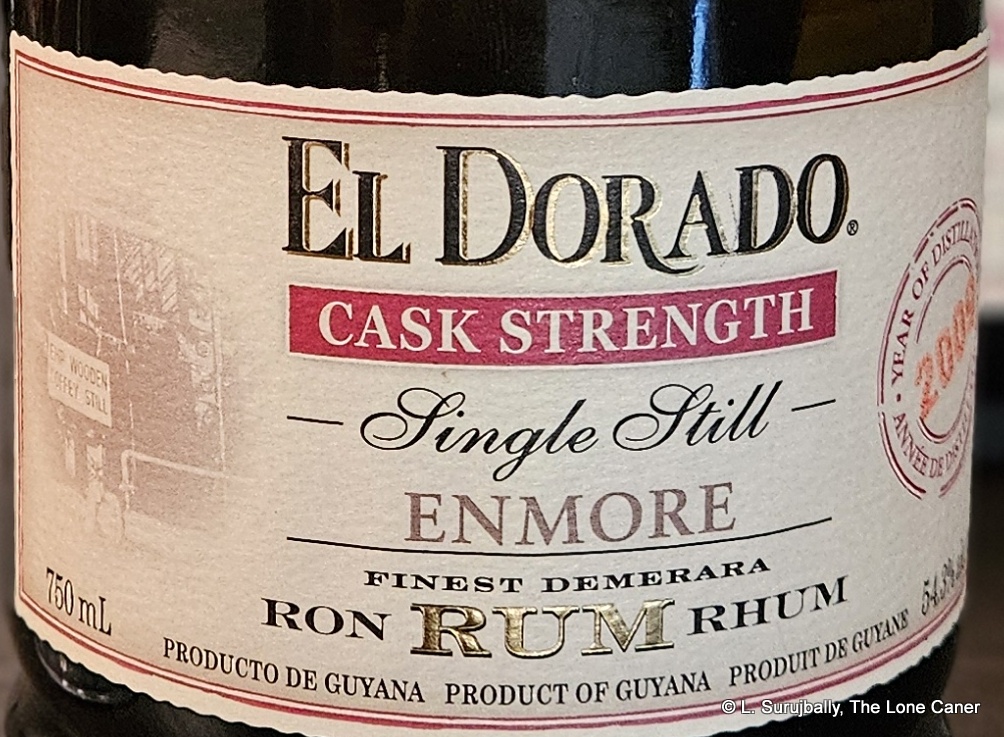 There are two versions of these three rums: one set is at 40%, which I mostly ignore, though I’ve tried them. And the others are at cask strength, that are much more expressive and to me, give a truer insight into the stills’ output. We’ve looked at the 2009 PM edition before, so now let’s turn our attention to the Enmore from the same year, also a 12 YO, and at 54.3% ABV
There are two versions of these three rums: one set is at 40%, which I mostly ignore, though I’ve tried them. And the others are at cask strength, that are much more expressive and to me, give a truer insight into the stills’ output. We’ve looked at the 2009 PM edition before, so now let’s turn our attention to the Enmore from the same year, also a 12 YO, and at 54.3% ABV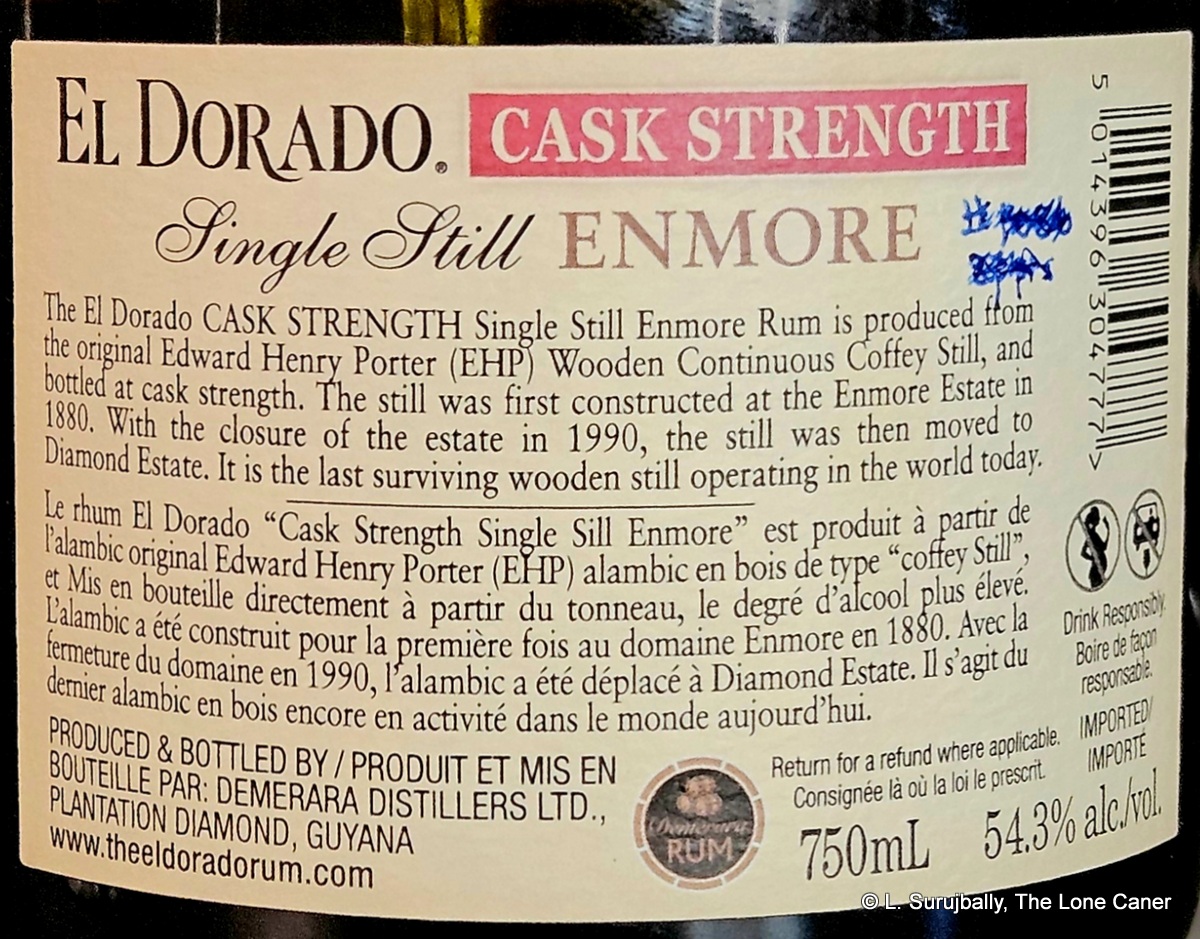 I am going to score this at 89, but advise readers to be careful with that number: it’s based on the experience I’ve had with scores of rums from Guyana over the years, so I know why I award the points. The rum is excellent, showcases the still wonderfully, and has that sense of individualistic and unique character which I personally prize: however, for those whose experience or preferences bend towards softer and more carefully blended rums from Guyana (like the standard lineup of 5, 8, 12, 15 and 21 year olds) may find a single still offering to be too strange, or different, for easy drinking. One should, I believe, have a decent knowledge of the heritage stills to appreciate their uniqueness, because although the stills’ qualities are evident here, so are some of the weaknesses, the same weaknesses that have heretofore led DDL to always blend them, never release them individually.
I am going to score this at 89, but advise readers to be careful with that number: it’s based on the experience I’ve had with scores of rums from Guyana over the years, so I know why I award the points. The rum is excellent, showcases the still wonderfully, and has that sense of individualistic and unique character which I personally prize: however, for those whose experience or preferences bend towards softer and more carefully blended rums from Guyana (like the standard lineup of 5, 8, 12, 15 and 21 year olds) may find a single still offering to be too strange, or different, for easy drinking. One should, I believe, have a decent knowledge of the heritage stills to appreciate their uniqueness, because although the stills’ qualities are evident here, so are some of the weaknesses, the same weaknesses that have heretofore led DDL to always blend them, never release them individually. 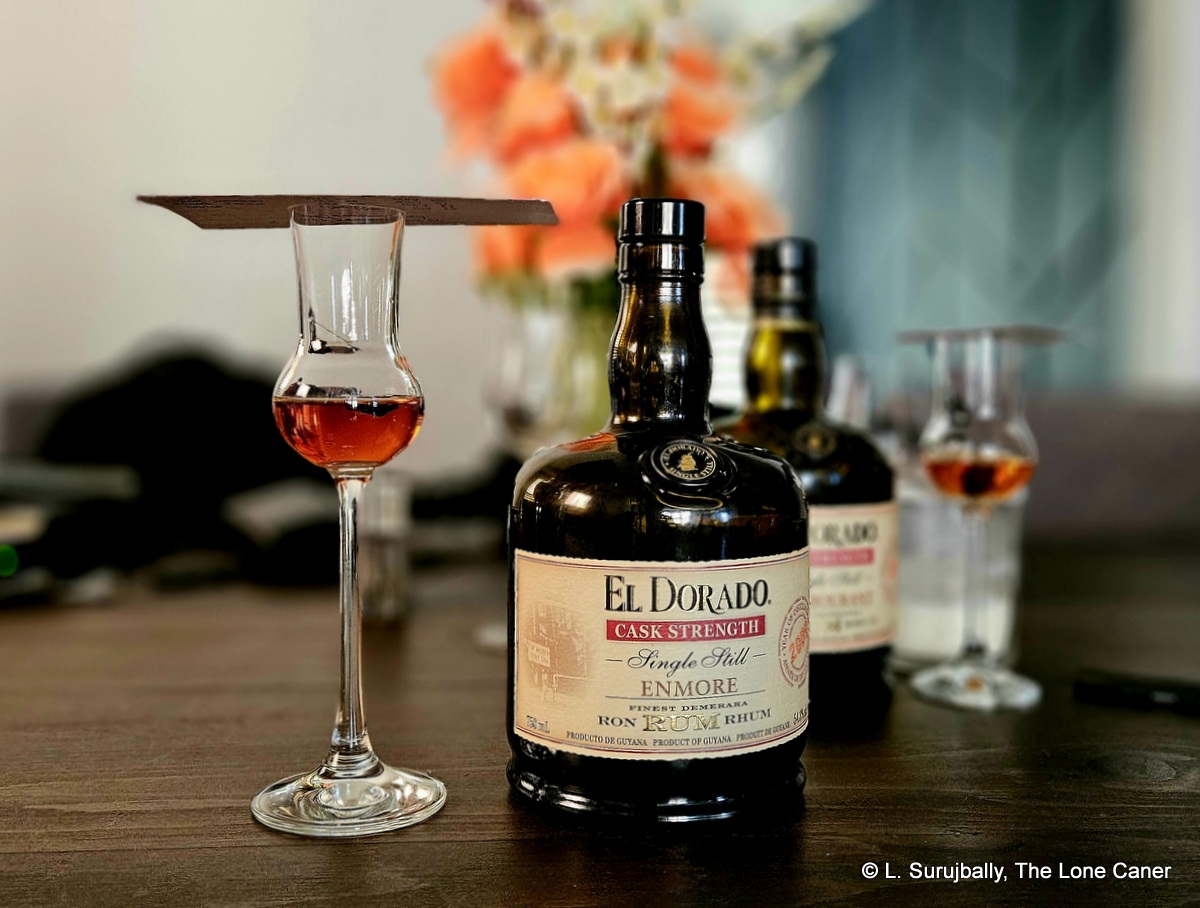
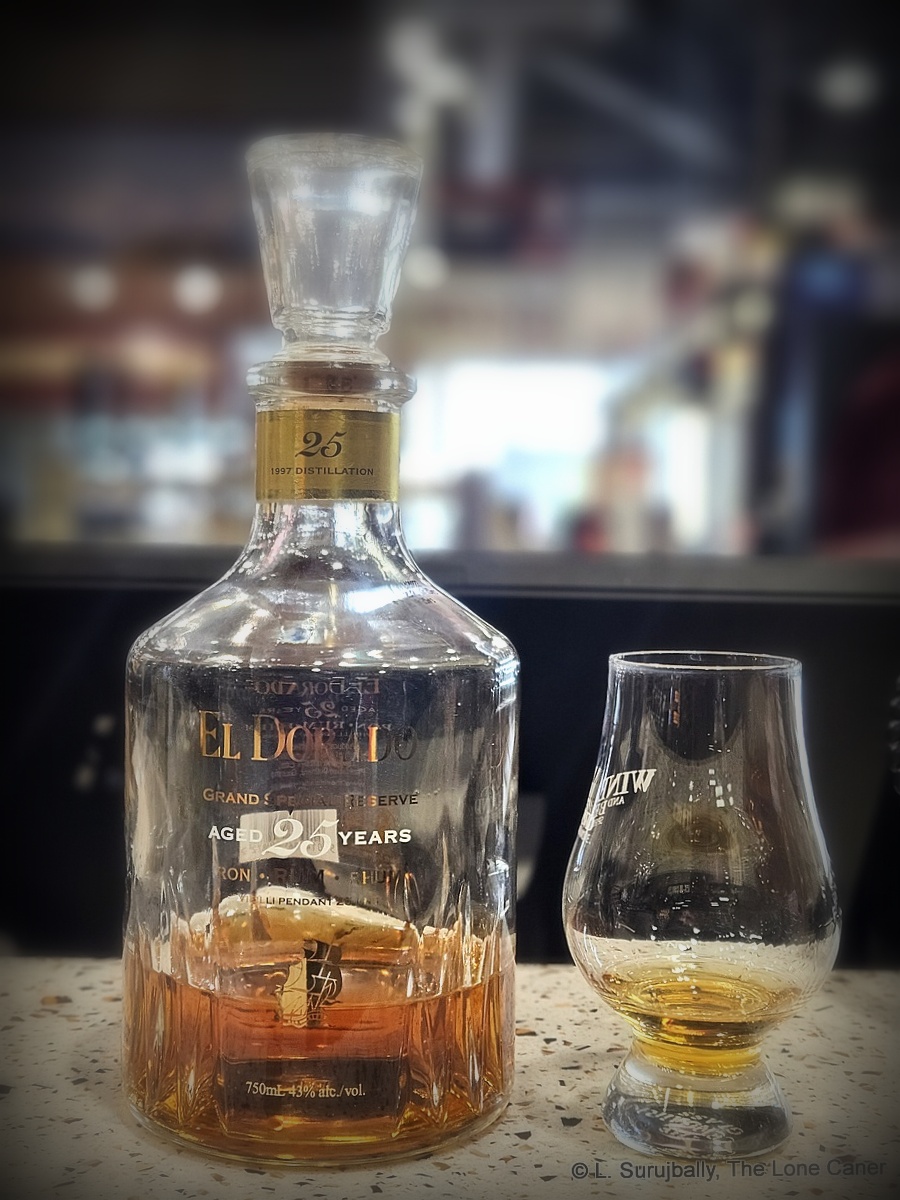
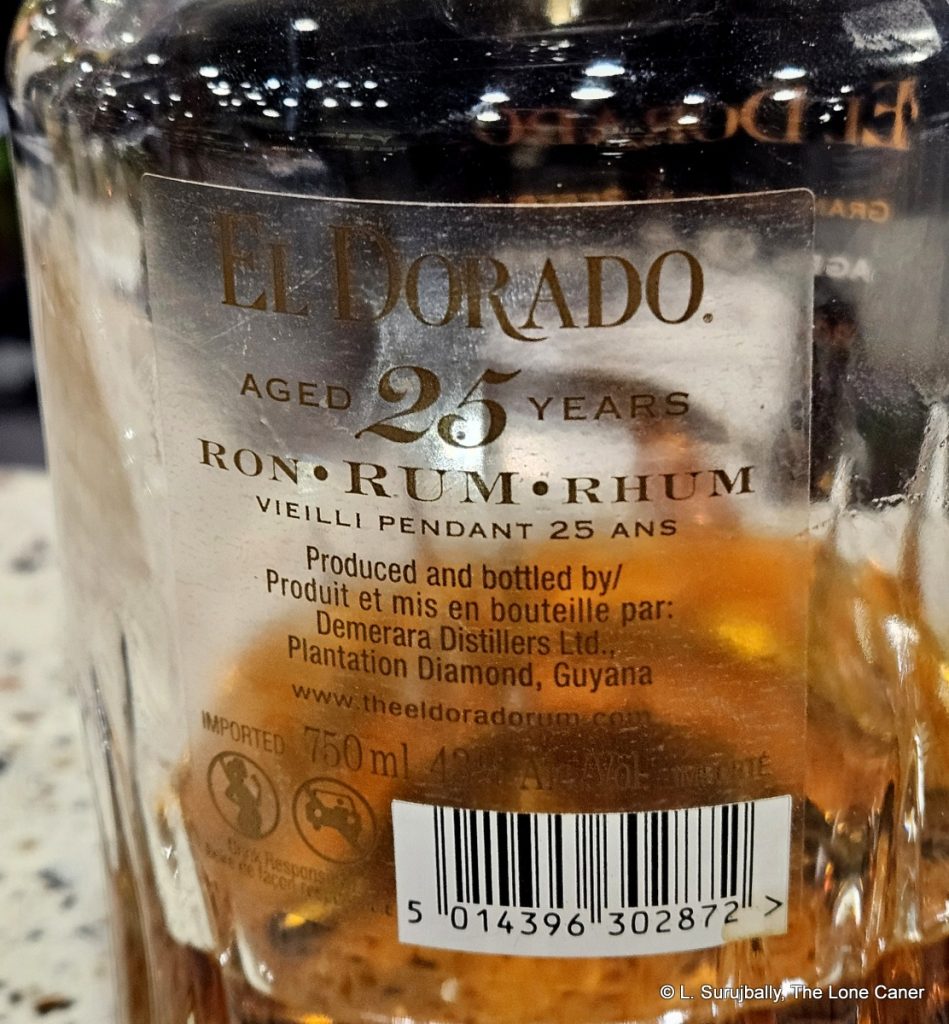
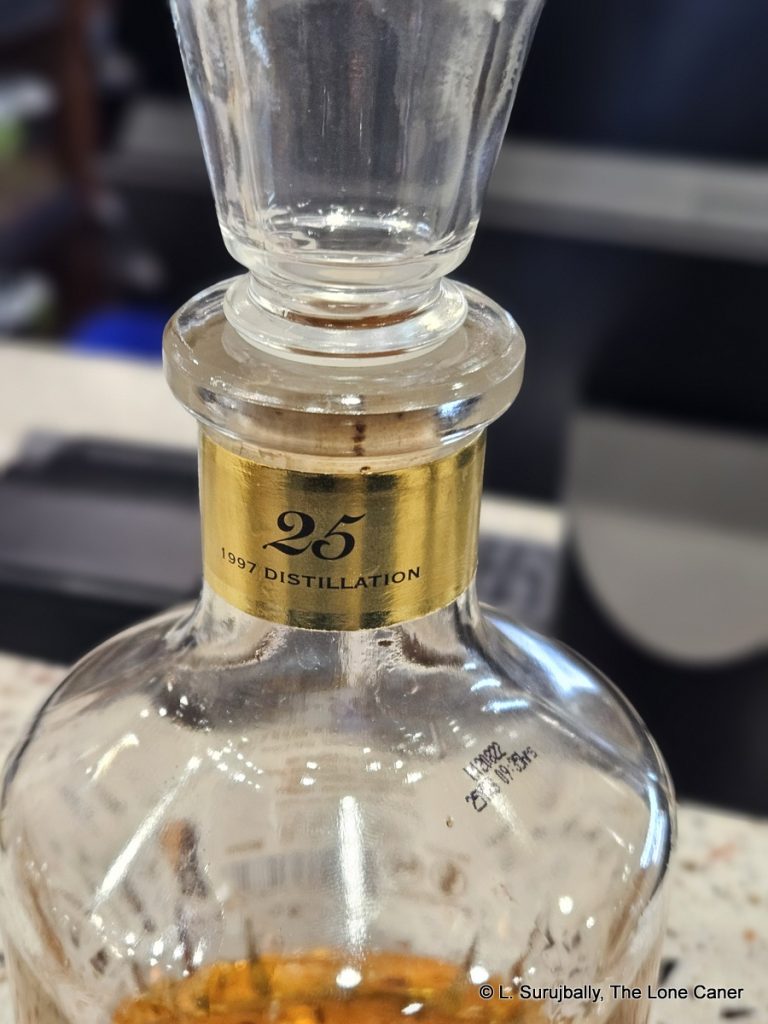
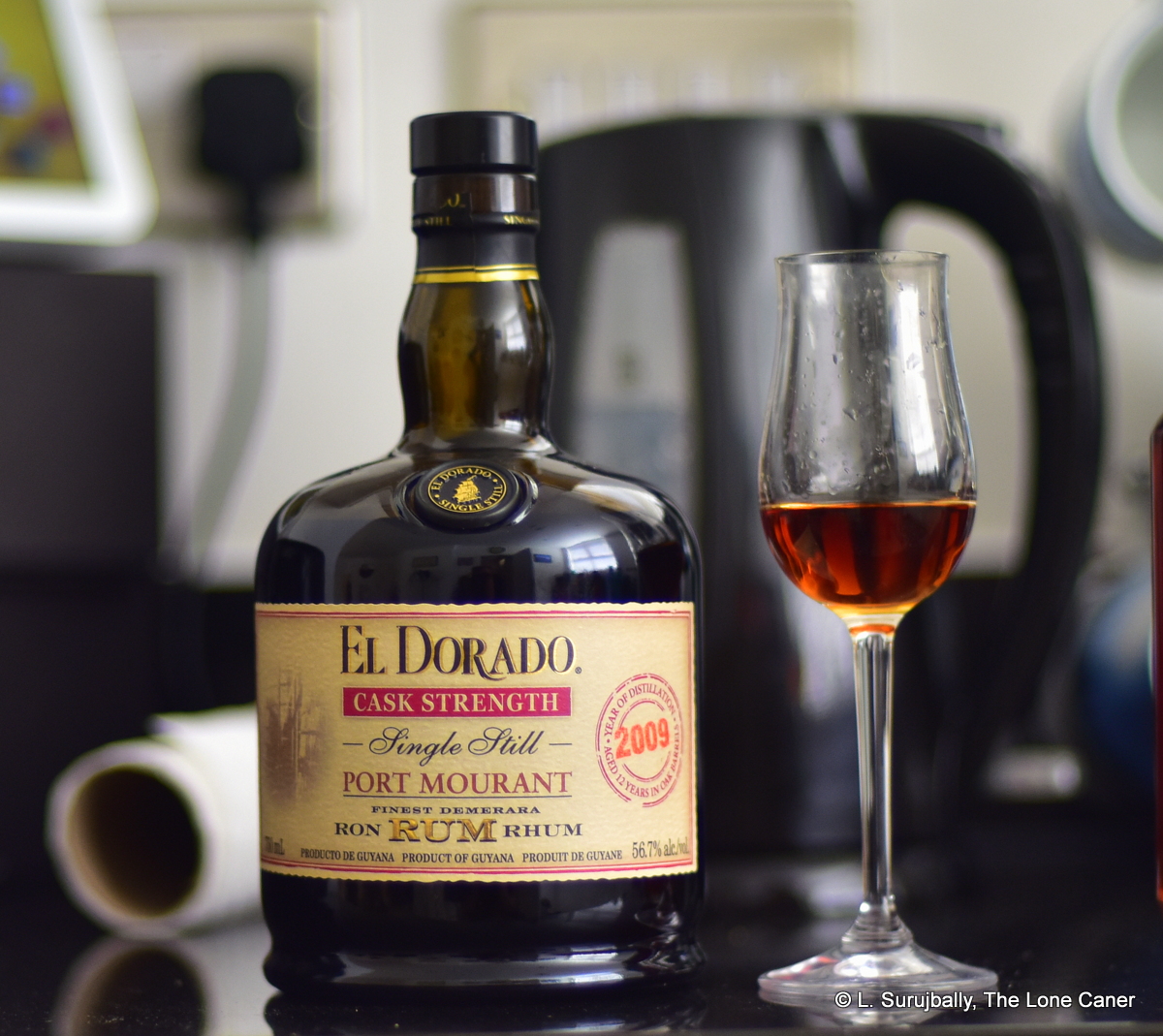
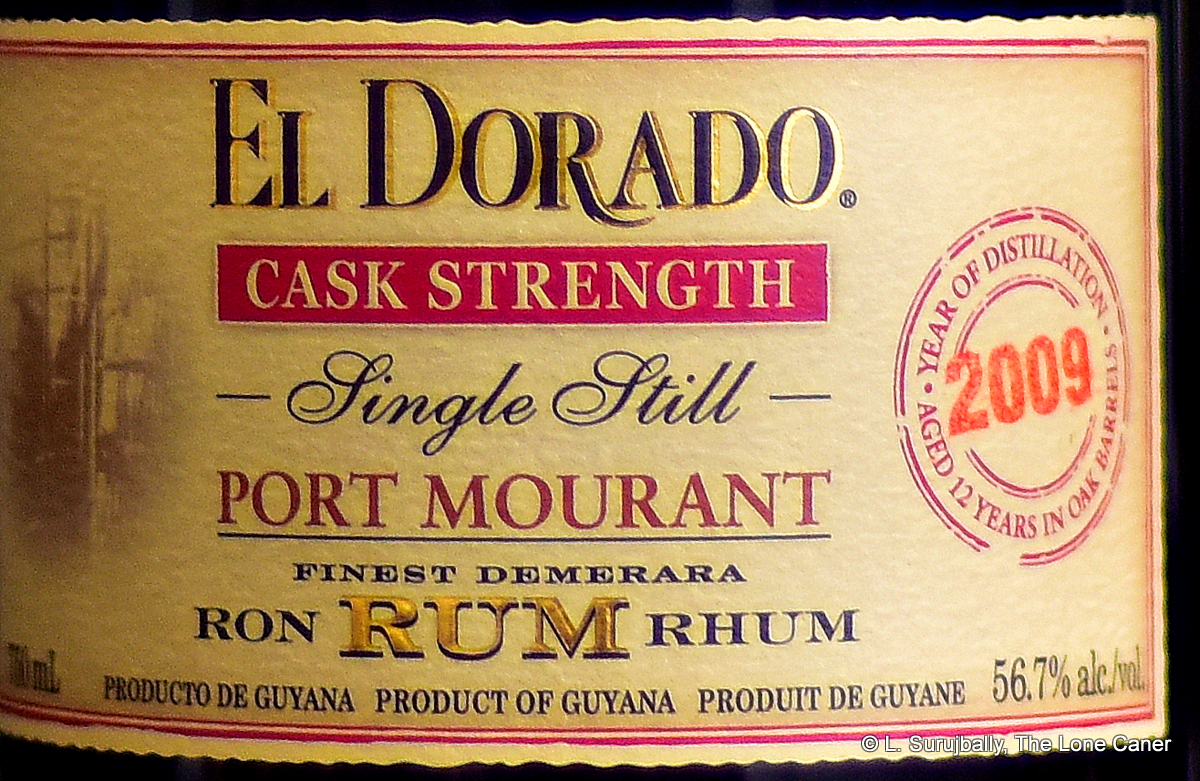
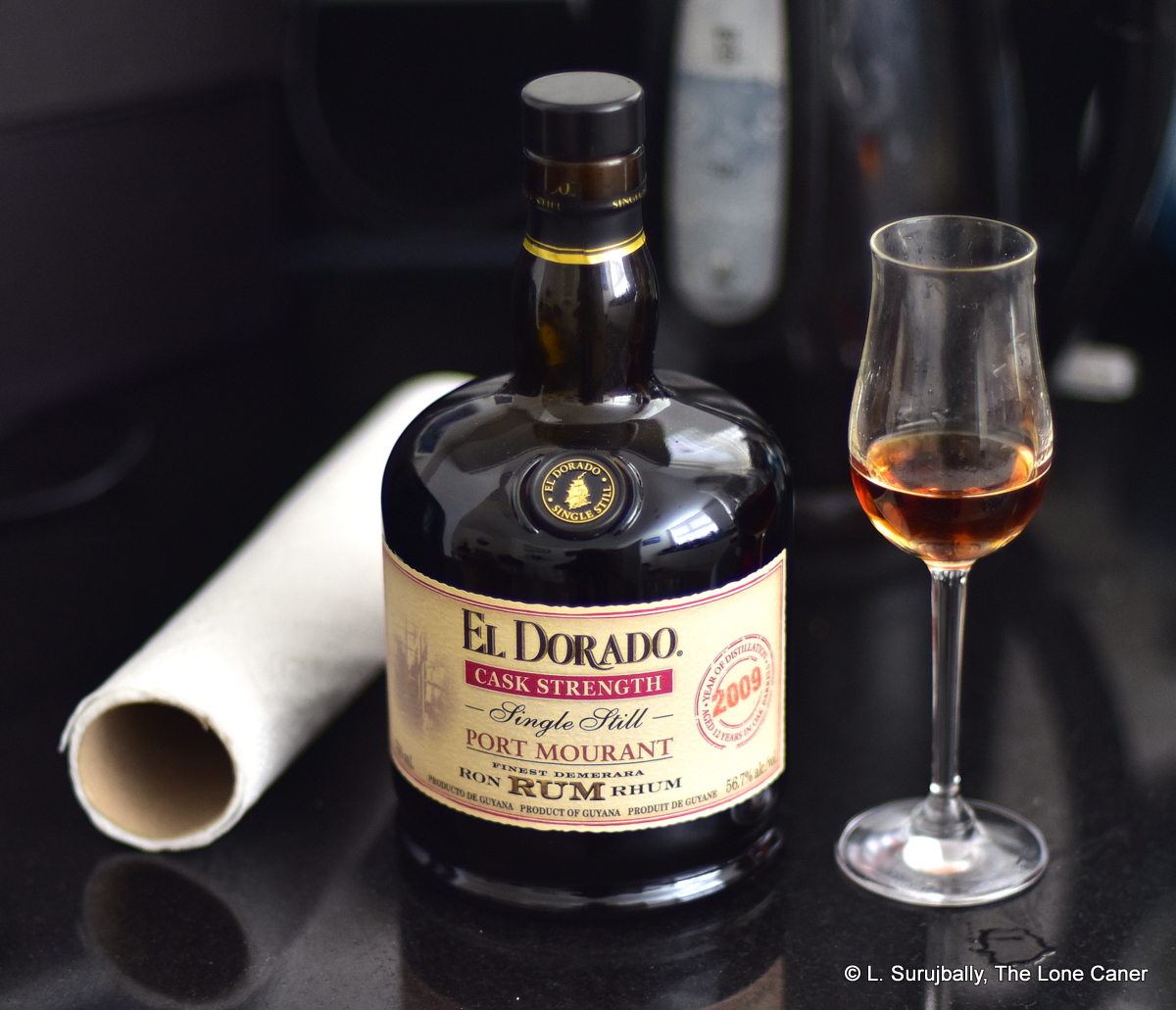

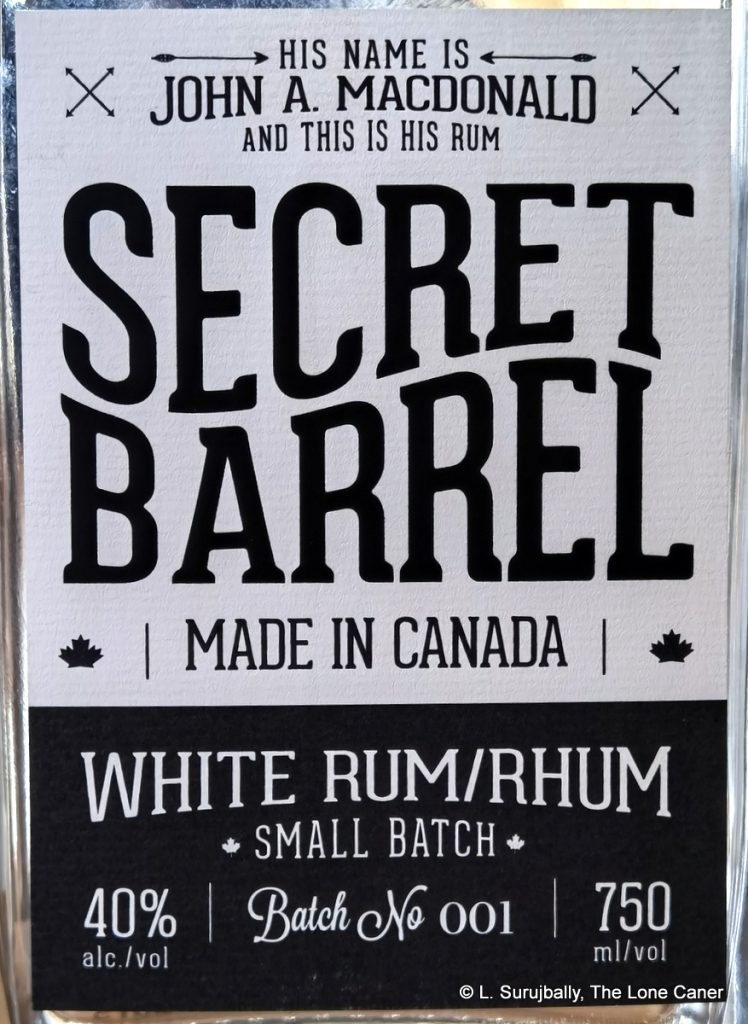
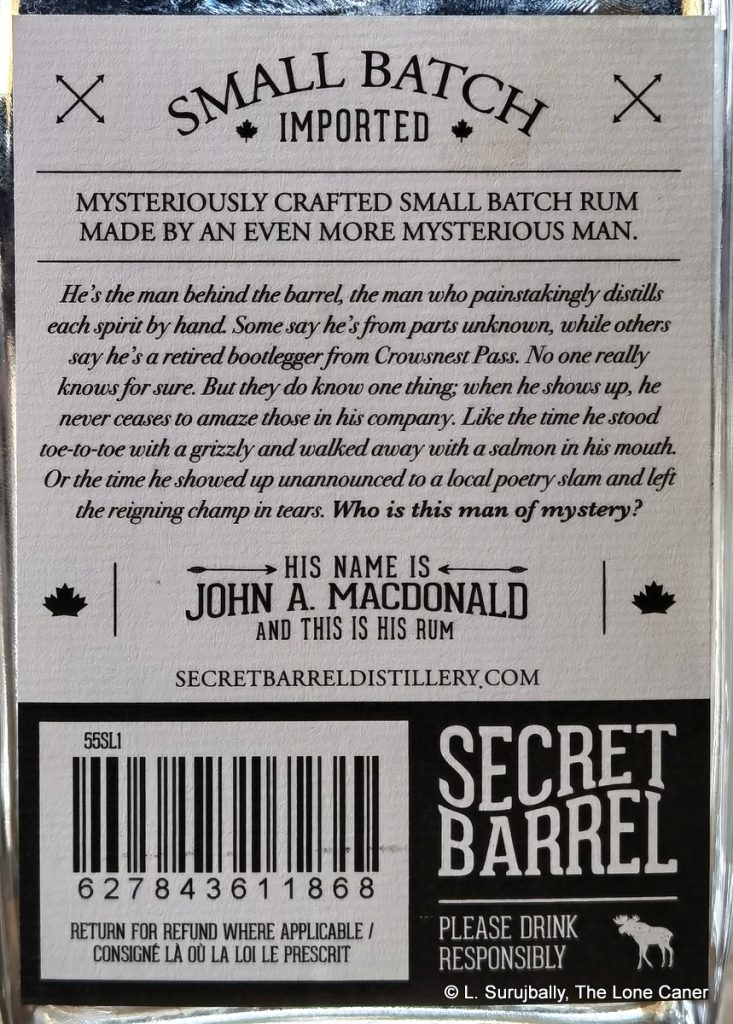
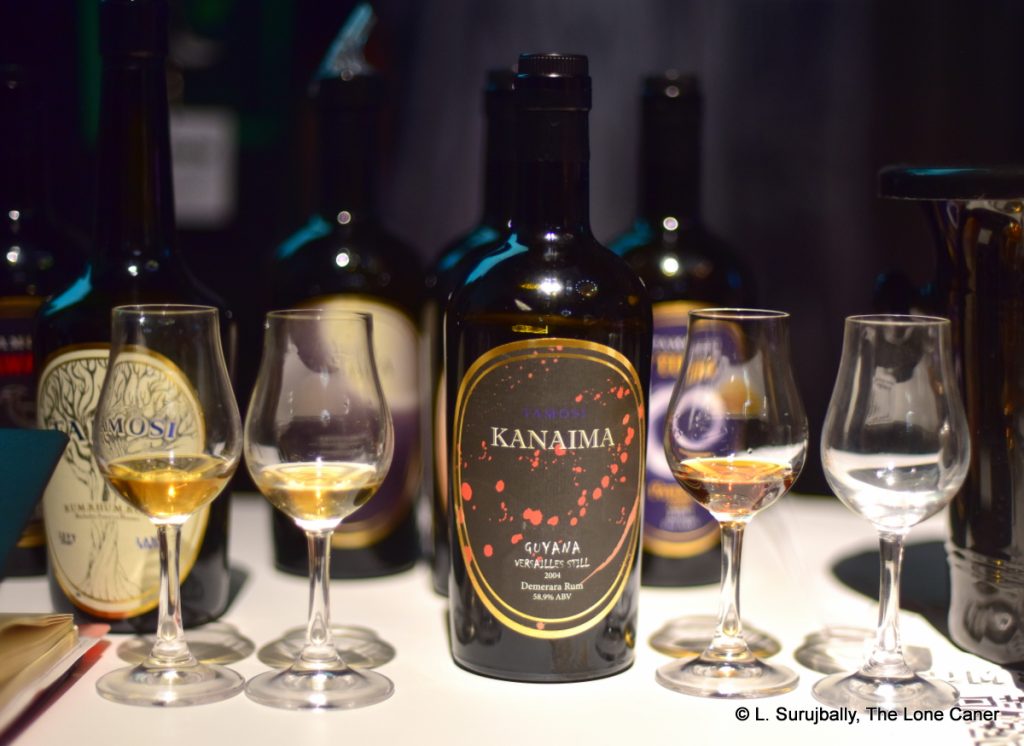
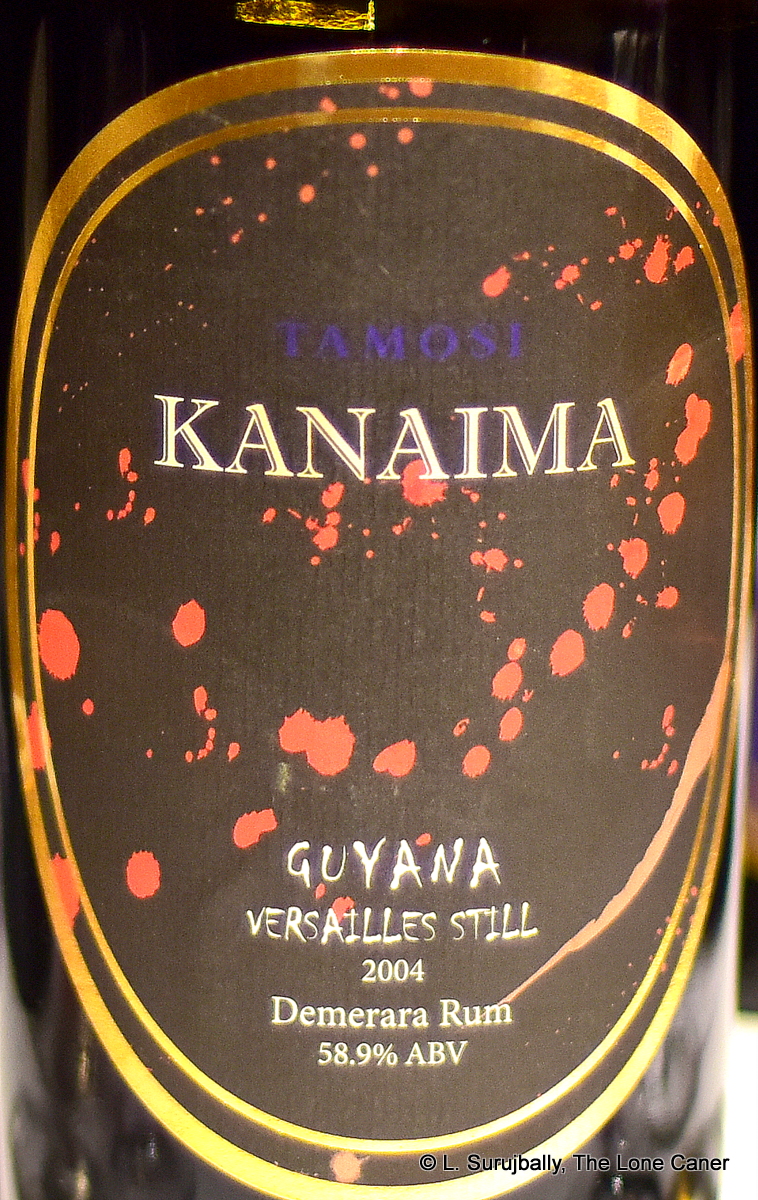
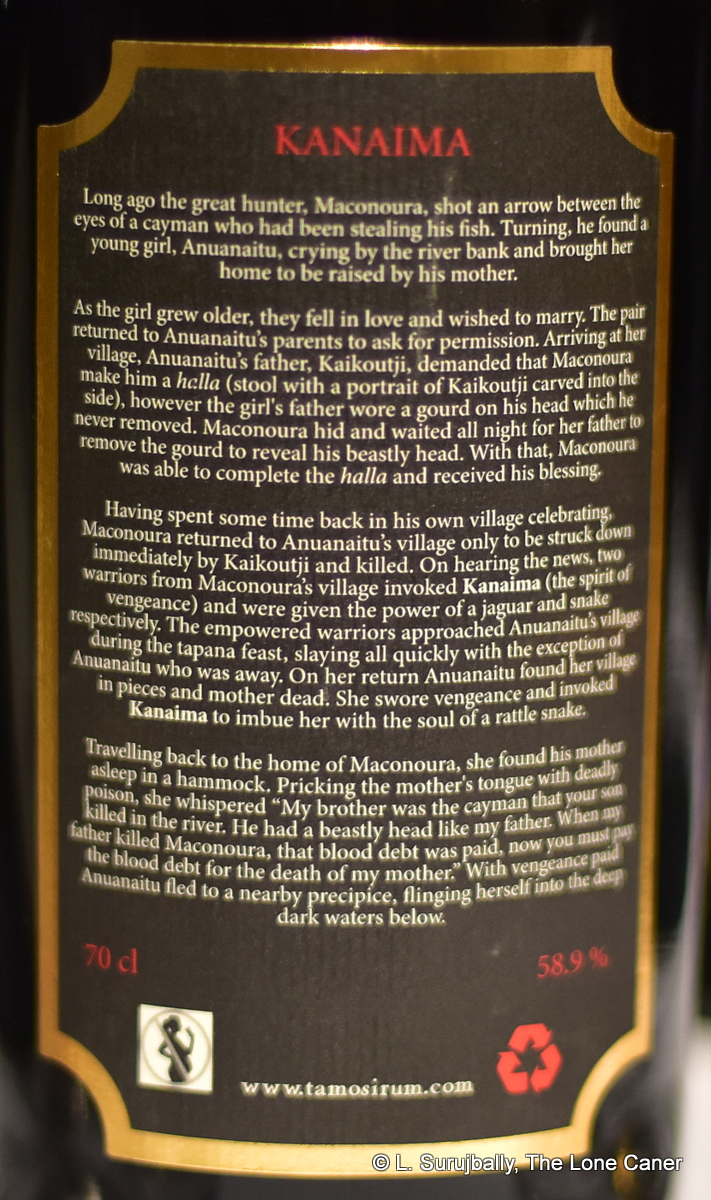
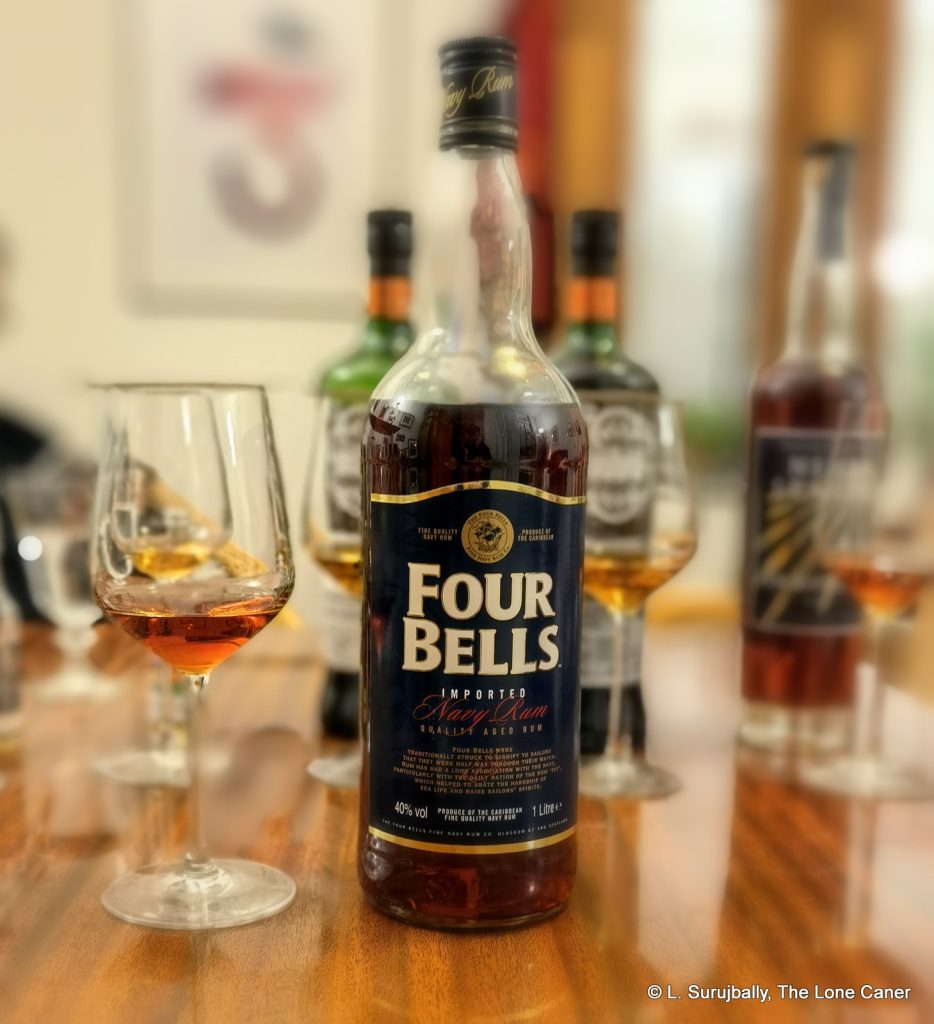
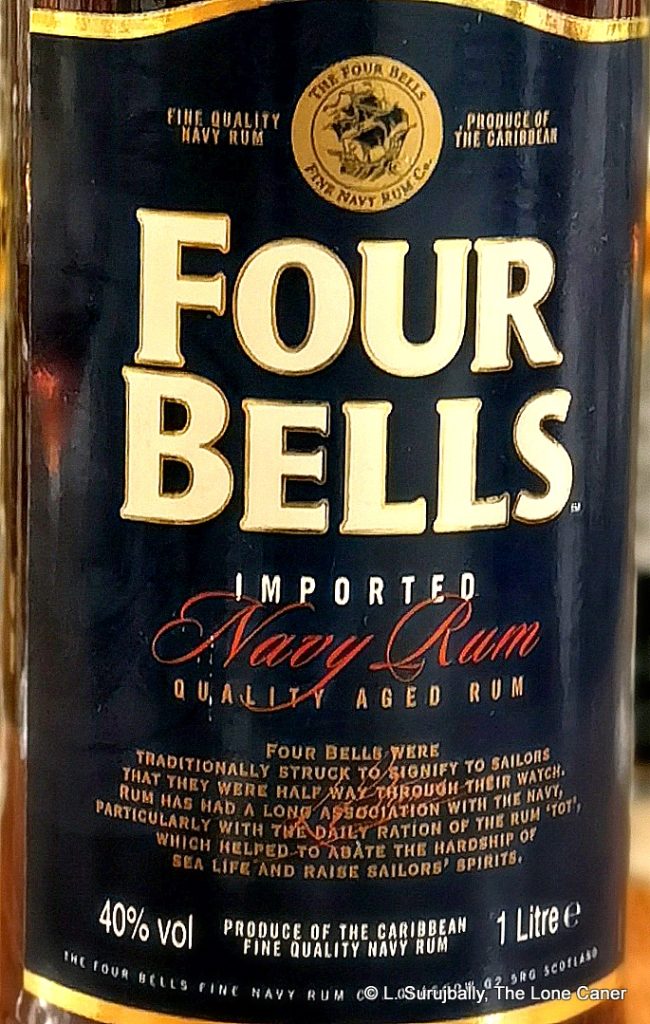
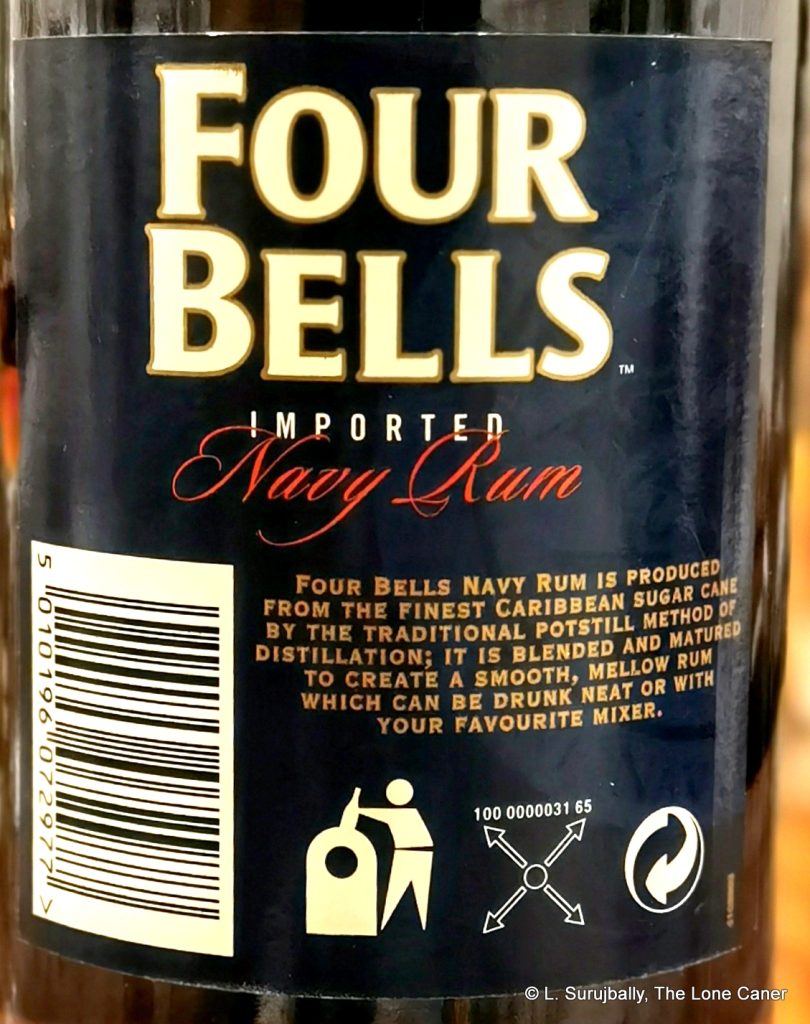
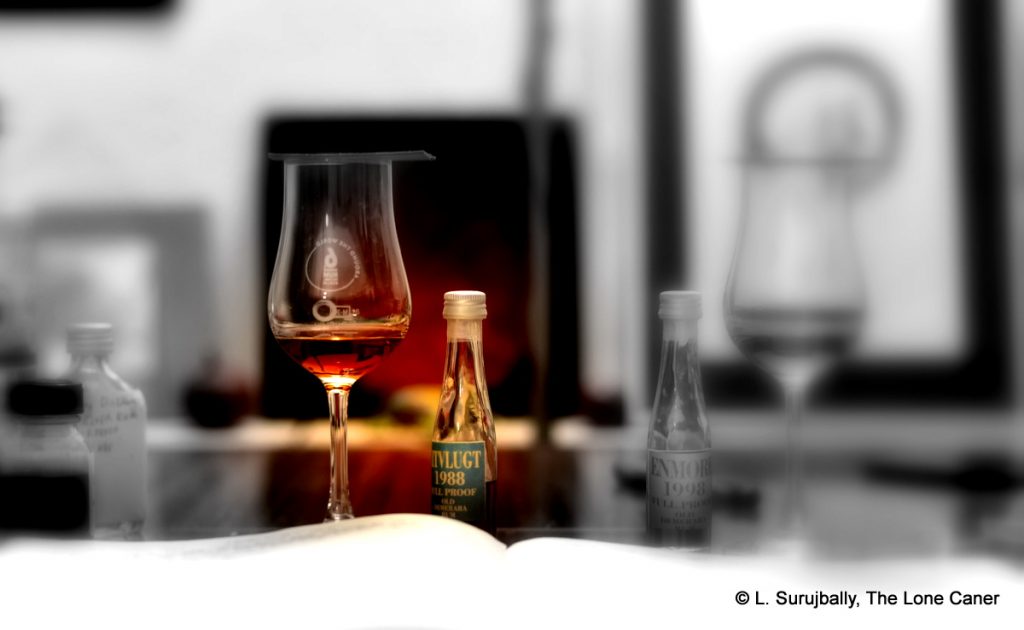
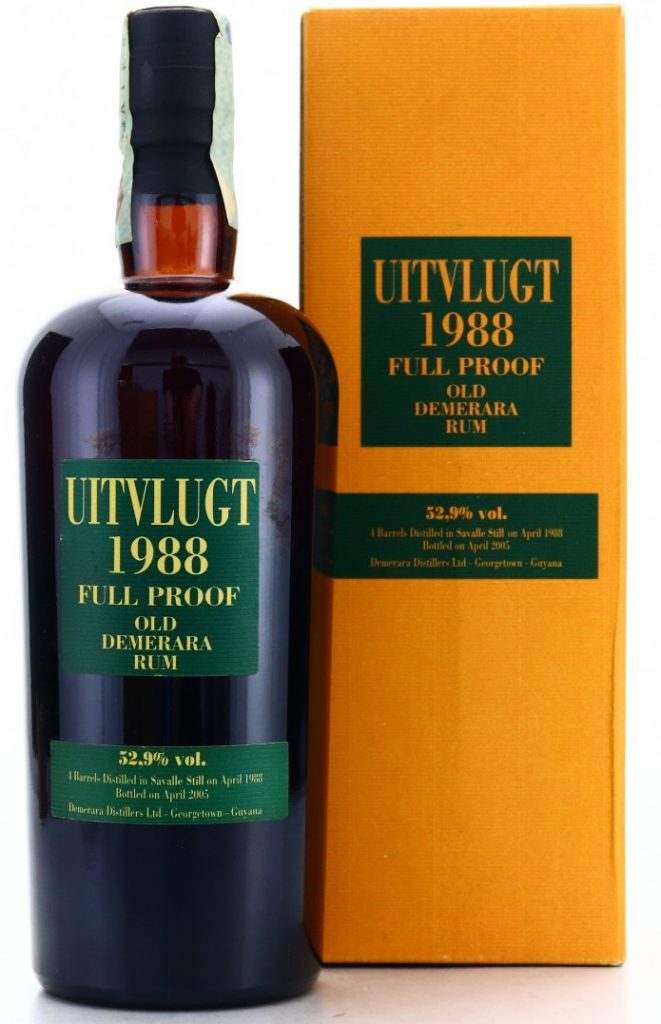
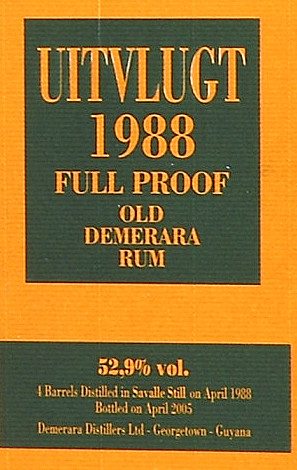
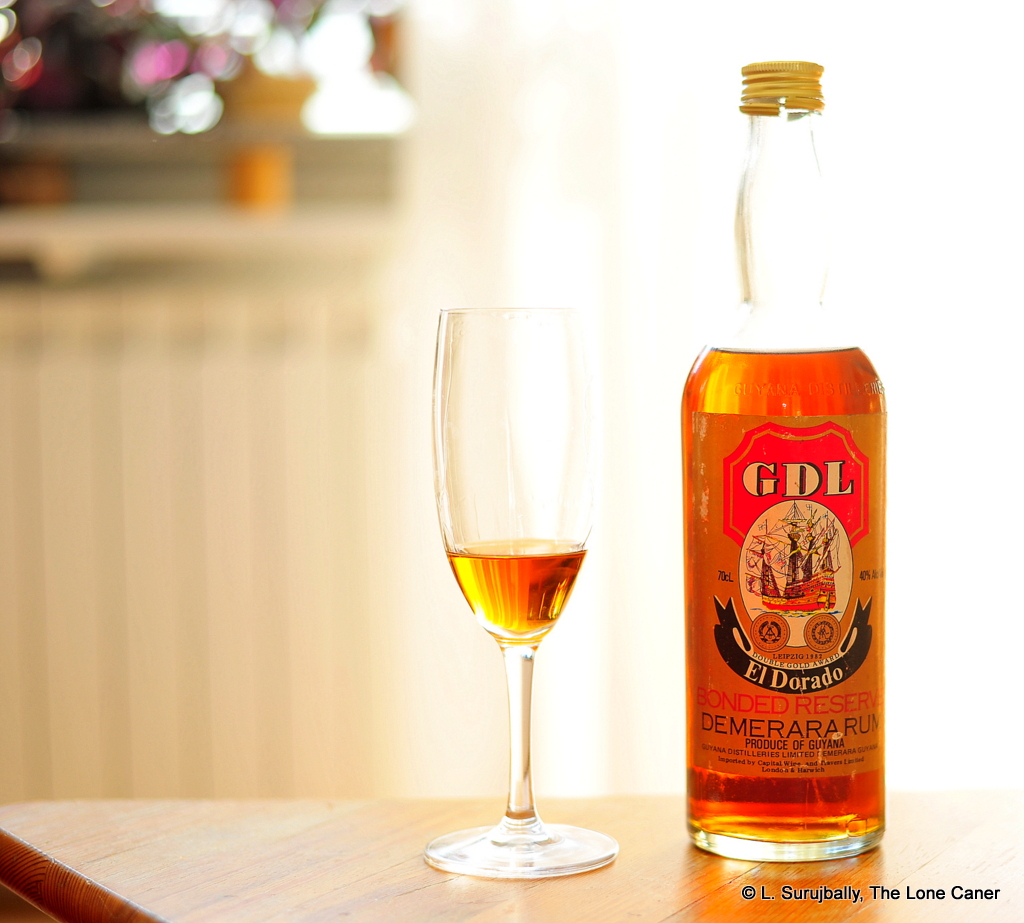
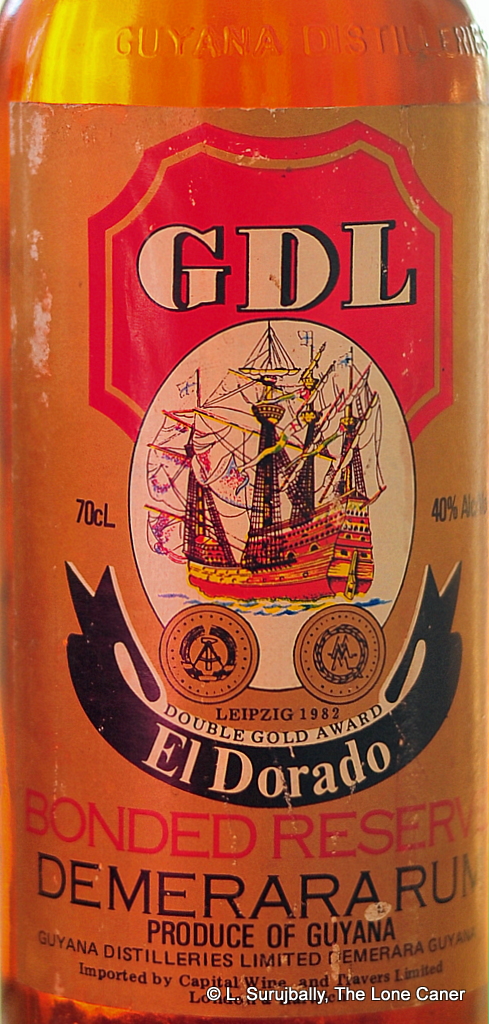 Tasting the Bonded Reserve raised all sorts of questions, and for anyone into Mudland rums, the first one had to be the one you’re all thinking of: from which still did it come? I didn’t think it was any of the wooden ones – there was none of that licorice or fruity intensity here that so distinguishes them. It was medium to light bodied in texture, very feebly sweet, and presented initially as dry – I’d suggest it was a column still product. Prunes, coffee, some burnt sugar, nougat and caramel, more of that faint leather and smoke background, all rounded out with the distant, almost imperceptible murmuring of citrus and crushed walnuts, nothing special. The finish just continued on these muted notes of light raisins and molasses and toffee, but too little of everything or anything to excite interest beyond the historical.
Tasting the Bonded Reserve raised all sorts of questions, and for anyone into Mudland rums, the first one had to be the one you’re all thinking of: from which still did it come? I didn’t think it was any of the wooden ones – there was none of that licorice or fruity intensity here that so distinguishes them. It was medium to light bodied in texture, very feebly sweet, and presented initially as dry – I’d suggest it was a column still product. Prunes, coffee, some burnt sugar, nougat and caramel, more of that faint leather and smoke background, all rounded out with the distant, almost imperceptible murmuring of citrus and crushed walnuts, nothing special. The finish just continued on these muted notes of light raisins and molasses and toffee, but too little of everything or anything to excite interest beyond the historical.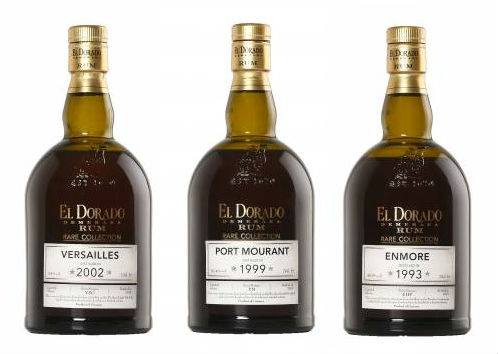


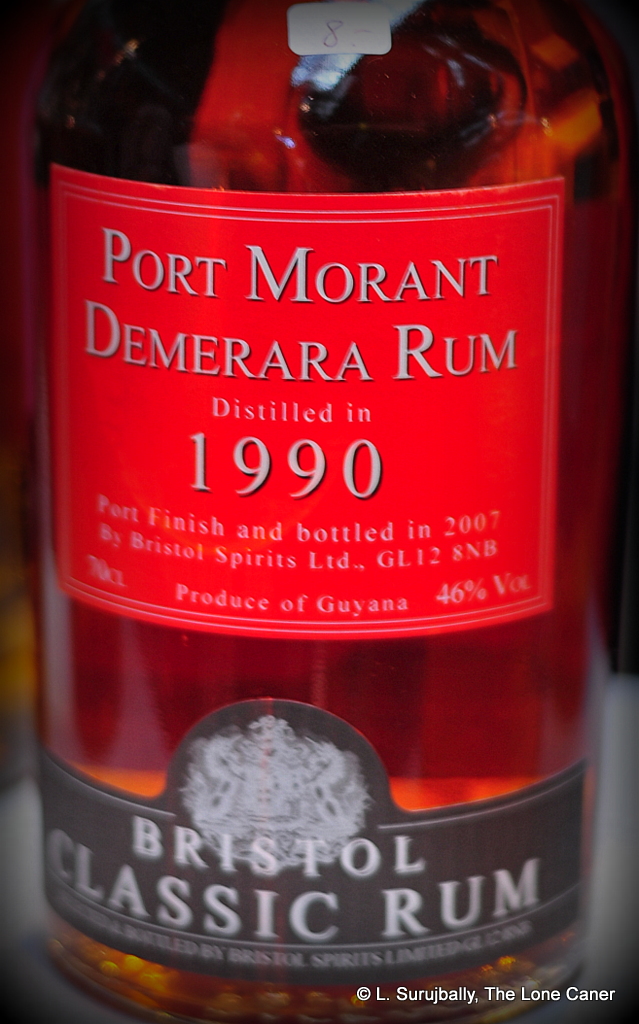
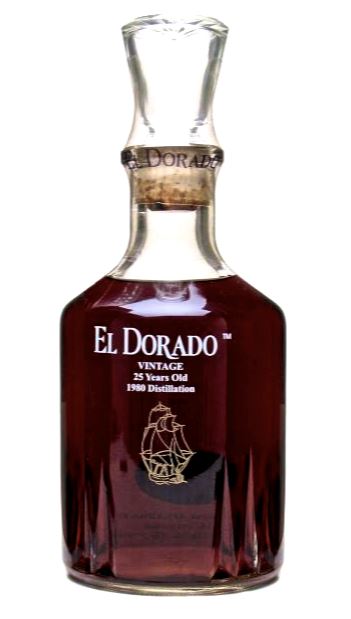 This review was written in 2010
This review was written in 2010